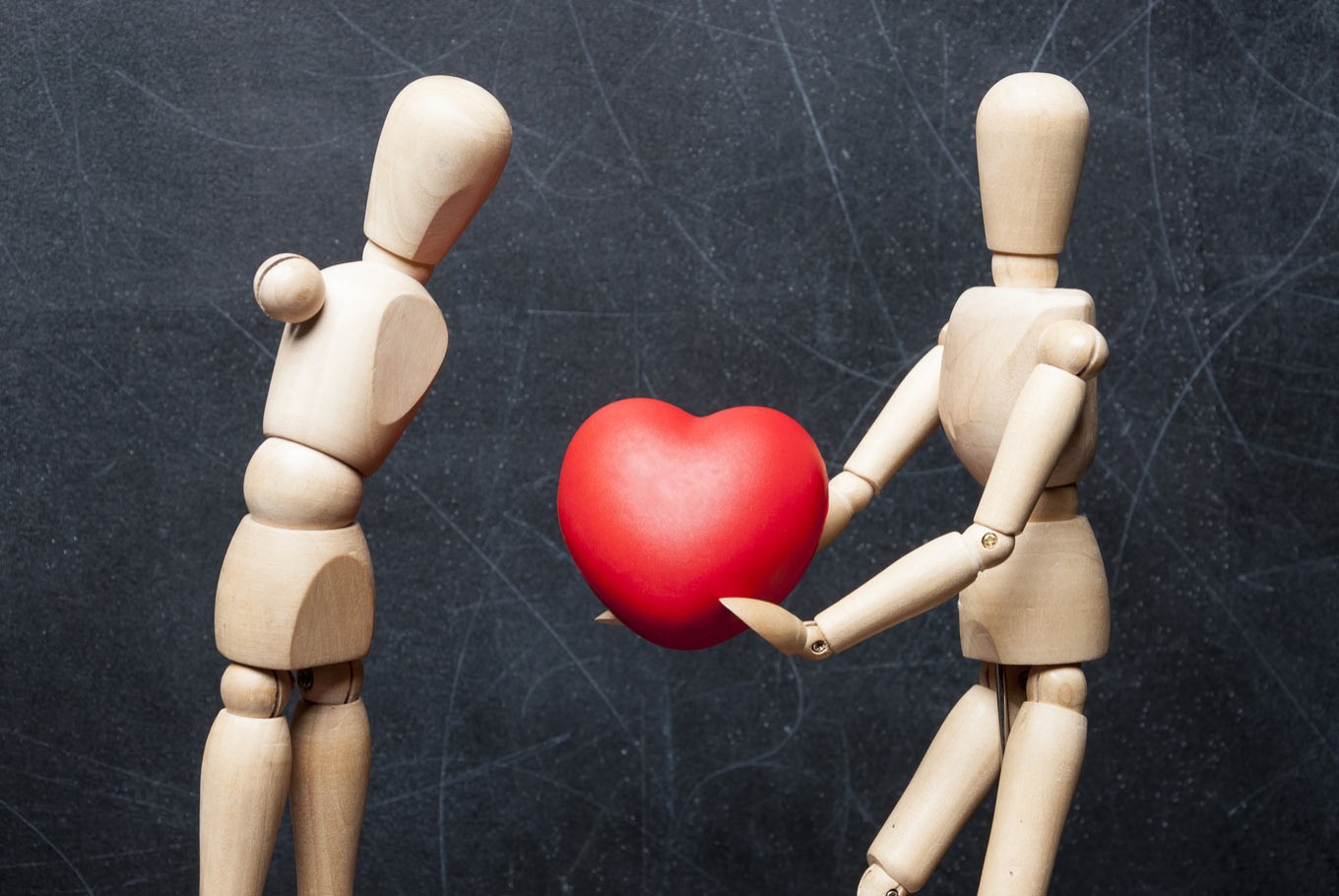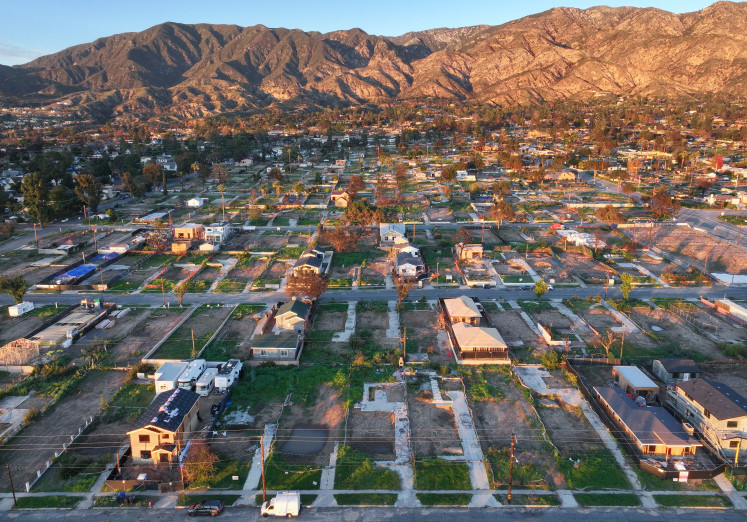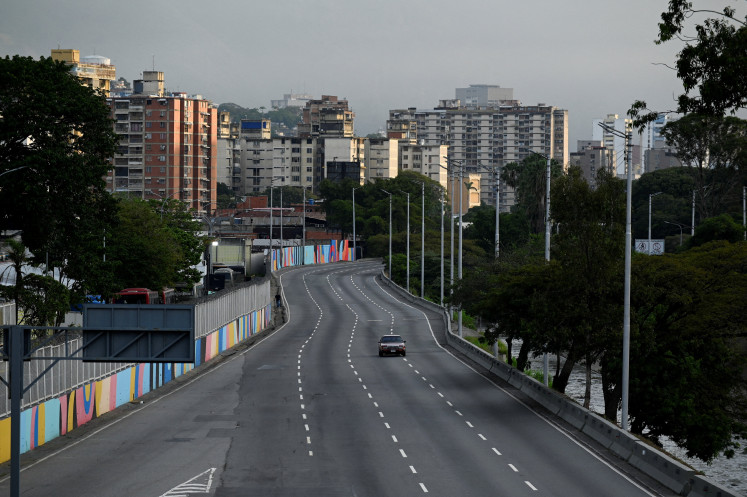Popular Reads
Top Results
Can't find what you're looking for?
View all search resultsPopular Reads
Top Results
Can't find what you're looking for?
View all search resultsWhere is the disability? My stumps don't define me
We are raised in a society that teaches us to sympathize people with disability.
Change text size
Gift Premium Articles
to Anyone
A
year ago, a viral video captured a female toddler scooping her meal by wedging a fork between her toes, as she was born with no hands.
One of the comments shared along with the video more or less read: “How could her mother be so mean? How could she let her daughter eat using her foot? Why can’t the mother feed the child?” Another response was “Poor beautiful angel. I wish I am right there […] so I can feed her, innocent angel.”
These types of reaction are not uncommon. We are raised in a society that teaches us to sympathize people with disability. It is not wrong to express our sympathy. However, directing our attention only on the disability traps us into concentrating on what is wrong with the individual and what they are not capable of doing under the norms of the “able-bodied” society.
People with disabilities are often assumed to be unable to fully participate in their daily lives. Therefore, when we see a person with disability engaging in daily activities, we pity them with expressions such as “Oh, poor kid” or “God bless her”.
However, social participation is very crucial for the development of individuals with disabilities. When they are integrated into daily social activities, often the disability becomes blurred. Perspectives of persons with disabilities and those without vary on the perceived significance of the disability. Most people with a disability admit that their disability is not the most important thing in their lives. Yet for many without a disability, the existence of a disability is often perceived as the defining aspect of a person.
It is important to understand that impairment, disability, and handicap are not similar, although they have been interchangeably used.
Impairment refers to a loss or lack of psychological or physiological part in one’s body. To have a disability means to have reduced or loss of psychological or physiological functioning due to some impairments (e.g. sensory, physical, cognitive, or others).
A handicap refers to the impact or consequences of a disability, not the condition itself. To be handicapped means that a person with disabilities might encounter problems or difficulties as they attempt to function and interact with their environment.
A handicap is not only limited to the physical environment. It also reflects attitudinal limitations imposed on people with disabilities. For example, a person without a disability who cannot “speak” a sign language might find themselves handicapped when visiting a deaf community without interpreters. Whereas, the deaf people are not handicapped in that context.
Being able to distinguish those concepts is significant to understand how our society perceives disabilities. Our society has been dominated by norms and regulations from the perspectives of the able-bodied or people without a disability. Therefore, we have historically disintegrated people with disabilities from our society, placed them in educational, social, and medical institutions to seek for a cure or treatment for the disability. This is what we call the medical model of disability.
A society based on this model perceives that disability resides within the individual with an impairment, and sees it as a “personal / family tragedy”. The medical model believes that disability can be cured -- while society does not need to change.
The social-model of disability challenges the traditional view. It argues that disability is not caused by one’s impairments. Rather, disability lies in the way a society is socially, politically, and economically structured.
For instance, a student with dyslexia (difficulty in reading, identifying words, letters, and other symbols) when given a traditional written exam might find him/herself handicapped. The medical model of disability would try to fix the dyslexia. Whereas the social model of disability would modify the exam so that it can universally fit all the students including the students with dyslexia so that the student can complete the exam just like other students.
The social model shifts the problem from the individual to the collective responsibility of the society. Therefore, this model is much better in efforts to remove attitudinal and environmental barriers that hinder people with disabilities from fully participating in their daily lives.
The little girl in the above video did have a disability, yet her family did not treat her as having a handicap. Despite losing two limbs, she could function like the rest of the family: eating her favorite meal on her own. Later, as she grows up, she might be able to write, play the piano, or play archery using her feet. Then we would ask: Where is the disability?
***
The writer was a teacher and presently is a PhD candidate in special education at the University of Wisconsin-Madison. Her interests are in multicultural education and the intersection of class, race, and educational opportunity.
---------------
We are looking for information, opinions, and in-depth analysis from experts or scholars in a variety of fields. We choose articles based on facts or opinions about general news, as well as quality analysis and commentary about Indonesia or international events. Send your piece to community@jakpost.com.










